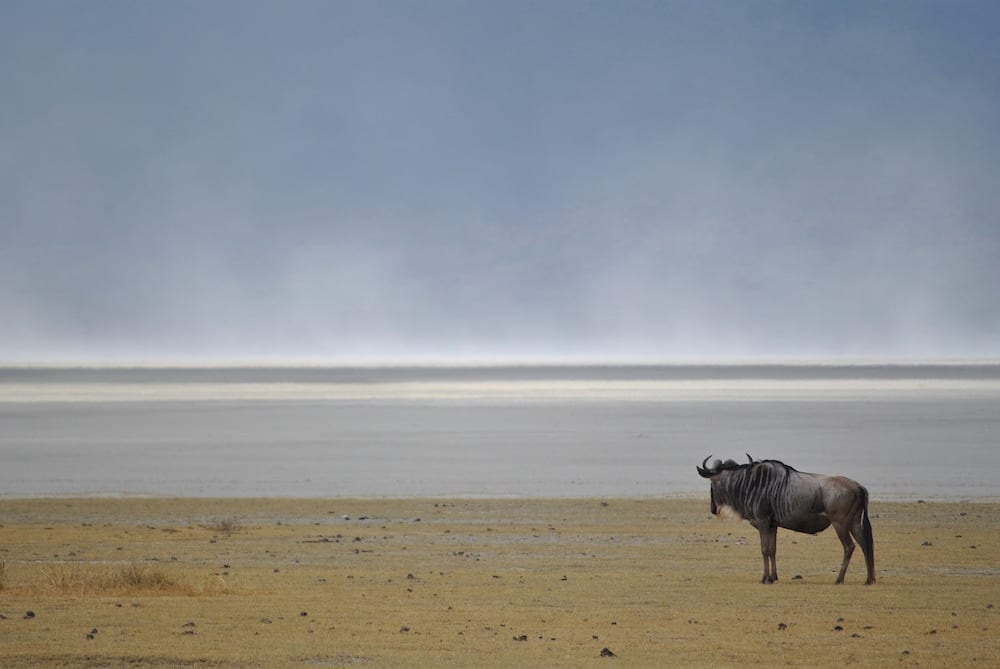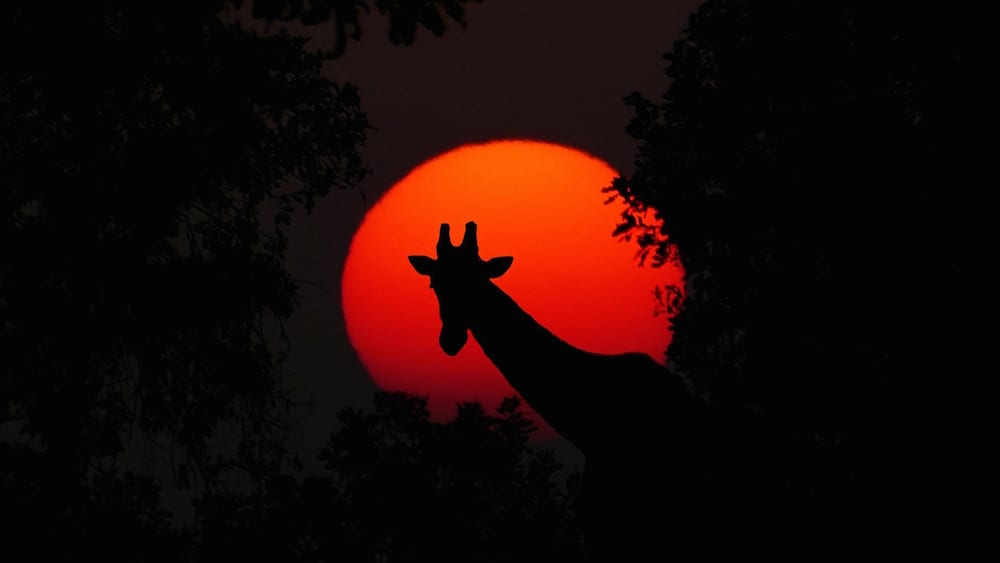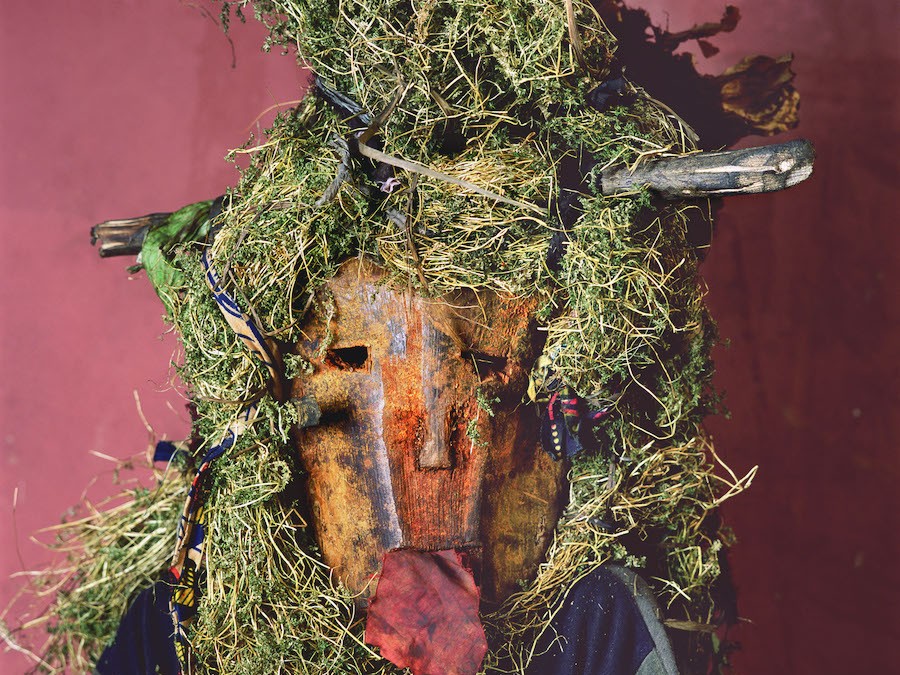Share this!
Africa's Top 10 UNESCO World Heritage Sites
A little over fifty years ago, when cities across the world started pushing their borders out during post-war expansion, certain people began to realize the cost of an ever-growing population: limited space. More farms or reservoirs started meaning the destruction of ancient sites, which didn’t sit so well with the historically-minded. The United Nations caught on, realizing that humans are a sentimental species and history means something, so they wrote and approved the 1972 World Heritage Convention, which laid the groundwork to identify and protect world heritage sites around the world.
According the United Nations Education, Scientific and Cultural Organization (UNESCO), “World Heritage sites belong to all the peoples of the world, irrespective of the territory on which they are located.” From China or South Africa to France or Brazil, world heritage sites remind us all of the brilliance of our natural world and the ingenuity of our ancestors.
There are over a thousand protected properties across 167 countries–which you can fully explore here–and Africa is home to 138 of those sites. The creative masterpieces of ancient peoples will astound you; the poignant reminders of more brutal days gone by will humble you; and the natural wonders will leave you in awe. Here are ten sites in Africa that you can’t miss.
Nubian Monuments from Abu Simbel to Philae – Egypt
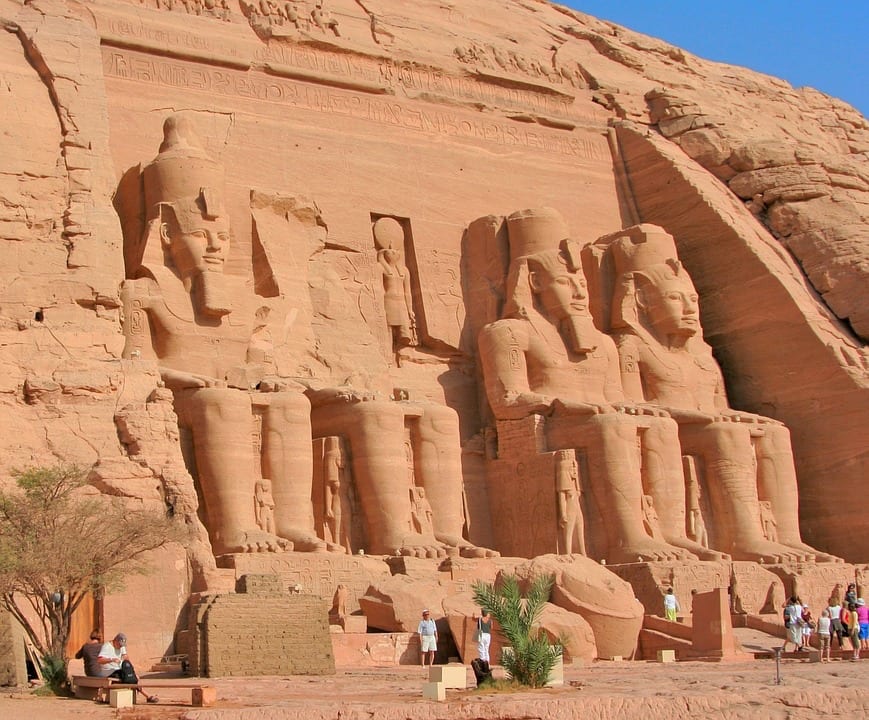
Comprised of The Great Temple and The Small Temple, The Nubian Monuments are an example of breathtaking human creativity than has spanned the test of 3,000 years. Ramses II had the temples built over twenty years to celebrate the gods, his favorite wife Nefertari, and his victory over the Hittites. From hand-hewn colossi that greet you at the entrance to wall carvings that have painted the backdrops of Egyptologists’ dreams for decades, this place is a history buff’s gold mine.
Carved between 1264-1244 BCE, according to the Ancient History Encyclopedia, the Nubian Monuments were some of the first sites to gain the protection of the United Nations. In 1959, when a new dam was going to flood the valley where these monuments to the pharaoh Ramses II rested, UNESCO collected donations from around 50 countries and provided the $80 million to dismantle and move the monuments to safe ground. That was the beginning of UNESCO’s commitment to saving the world’s important sites. The rest is well-documented and preserved history.
Learn about the Pyramids here!
Okavango Delta – Botswana
On the other side of things, the Okavango Delta was named the 1000th site to be recognized by UNESCO in 2014, and it is a true testament to the adaptability of nature. As a permanent marshland, the delta experiences seasonal flooding from the River Okavango. The funny thing is that the river floods during the dry season, which would usually mess with the vegetation in a rather negative way, but the native flora and fauna have adapted their natural cycles to accommodate that fact.
Since the surrounding parts of Botswana adhere to those dry month standards and verge on becoming desert, animals flock to the marshlands to drink the crystal clear waters. As a result, the Okavango Delta becomes a densely populated menagerie, unlike anything else in the world. It’s no wonder that it was named one of the Seven Natural Wonders of Africa in 2013.
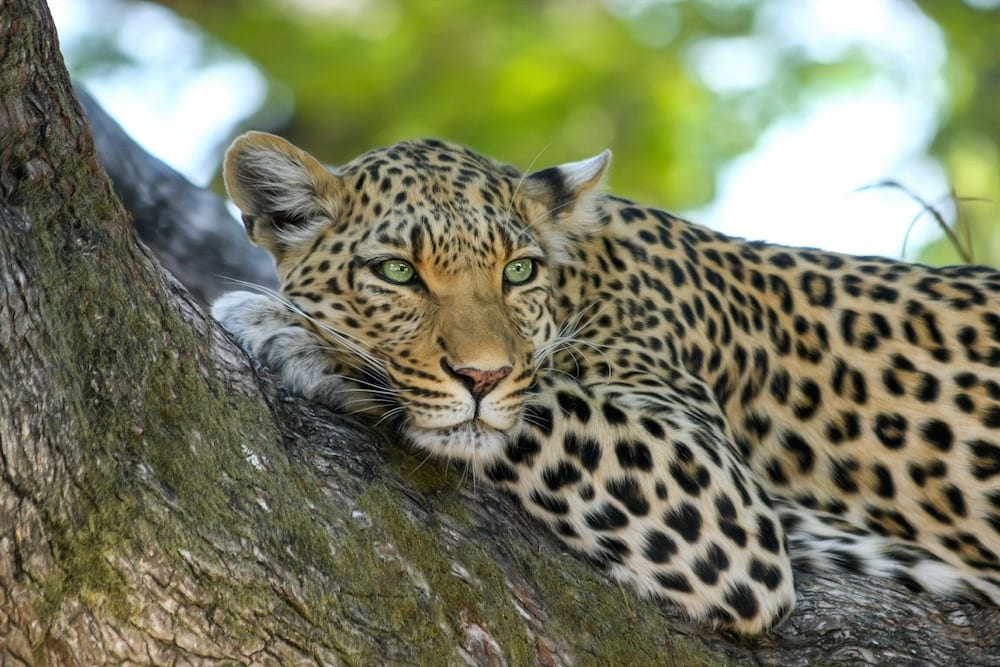
Robben Island – South Africa
In terms of culture, Robben Island is one of the most famous of the African heritage sites. Right off the coast of Cape Town, the small island was once used as a prison for political prisoners. Nelson Mandela was one of the most influential opponents of Apartheid, the legal segregation of races in South Africa, and he was imprisoned on Robben Island for 18 years of his 27-year sentence before he was released and later went on to become president of South Africa.
Tours of the prison are led by previous prisoners. They give you their own stories before leading you around to the cells and the garden where Mandela hid the manuscript of his autobiography. Walking through the halls is a truly humbling experience as you’re faced with oppression from days not so long passed.
Mosi-oa-Tunya/Victoria Falls, Zimbabwe/Zambia
In the mood for exotic birds and “the largest curtain of falling water in the world” that provides a daily spectacle of mist cut with rainbows? Victoria Falls might be the most impressive part, but don’t let that completely overshadow the 150 km of gorges, the lava flows, and the plethora of ancient tools you might stumble across through the rest of the Mosi-oa-Tunya National Park. Mother Earth gives us her best here.
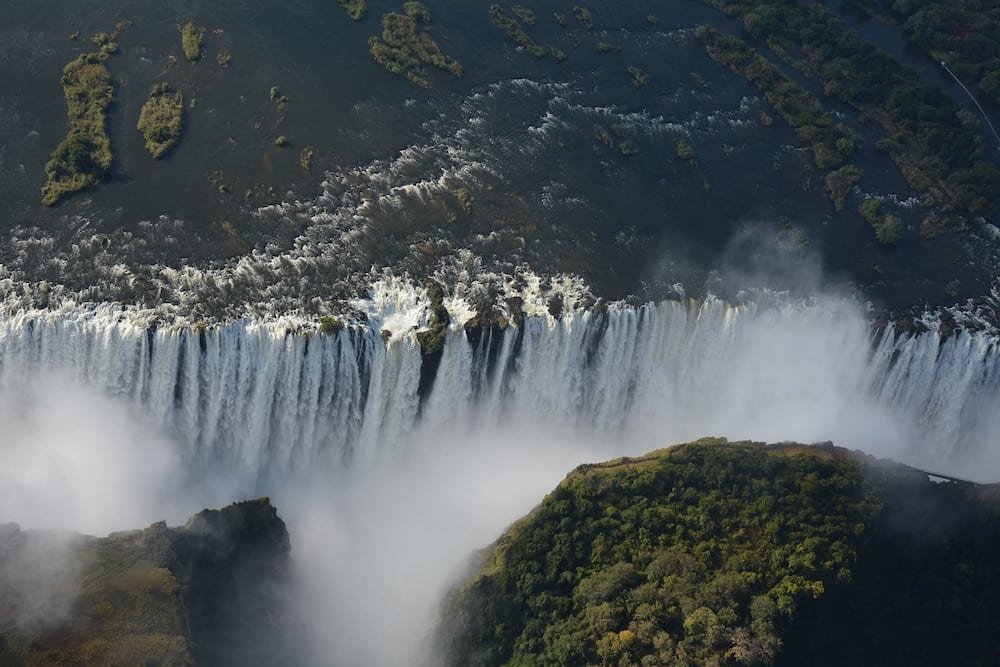
Bwindi Impenetrable National Park, Uganda
Bwindi Impenetrable National Park is yet another example of Africa’s natural paradises. Home to 202 species of butterflies, over 200 species of trees, and over 100 species of ferns, then add in a slew of endemic animal species and you have one of the most unique areas on the planet. Bwindi is a safe haven for threatened species. Nearly half of the world’s gorilla population live there along with chimpanzees, African elephants, and l’Hoest’s monkey. Don’t let the name fool you; the park is far from impenetrable. It’s a trekker’s paradise. Besides hiking, you can visit the Batwa, an ancient pygmy people that have long inhabited the forest, or make a trip to a Buhoma village where you can try beer made from bananas.
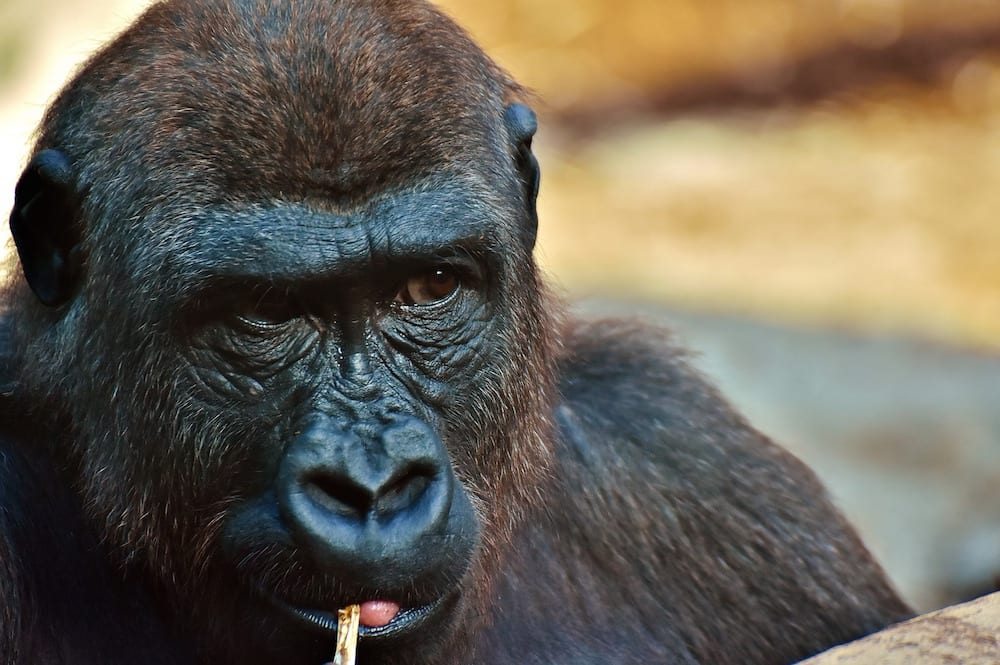
Fasil Ghebbi, Gondar, Ethiopia
Out of all the African countries, Ethiopia plays host to the most world heritage sites. With nine recognized properties, Ethiopia is a hotbed of cultural and natural history. Gondar is no different, affectionately referred to as the Camelot of Africa. If you’re seeking castles and bloody history, Fasil Ghebbi is your next destination.
While Camelot was the home of kings of legend, Gondar was the home of very real royalty. Gondar was named the first capital of Ethiopia in 1636 by Emperor Fasilides. Fasil Ghebbi, or The Royal Enclosure, a 7-hectare fortressed city, protects the architecture left behind by a line of royalty that really liked trying to outdo one another by building more and more castles. The history of Gondar is full of wonderfully horrifying stories of luxury and deadly ambition.
Learn more about traveling to Ethiopia!
Twyfelfontein, Namibia
Wander your way to Twyfelfontein and find yourself surrounded by the oldest art in the world. Home to one of the largest concentrations of rock engravings you can find, this spot has given us one of the most extensive records of human practices during the Late Stone Age. You can pick out giraffe, rhinoceros, elephants, birds, and footprints of both human and animals. Shelters are even depicted alongside humanlike figures. Painted by our ancestors 10,000 years ago, these petroglyphs are a literal trip into our own roots.
Here are some other off-the-radar Namibia experiences!
Kilimanjaro National Park, Tanzania
Kilimanjaro National Park spans an astounding 75,575 hectares, and Mount Kilimanjaro towers over it all. At nearly 5000 meters, the peak is the highest in Africa. Kilimanjaro also has three volcanoes, two of which are extinct, making it the largest volcano in the world. The park is home to many endangered species, but the landscape is the biggest draw as countless people make attempts at reaching the peak. If that’s your goal, keep in mind that training and preparation are a must.
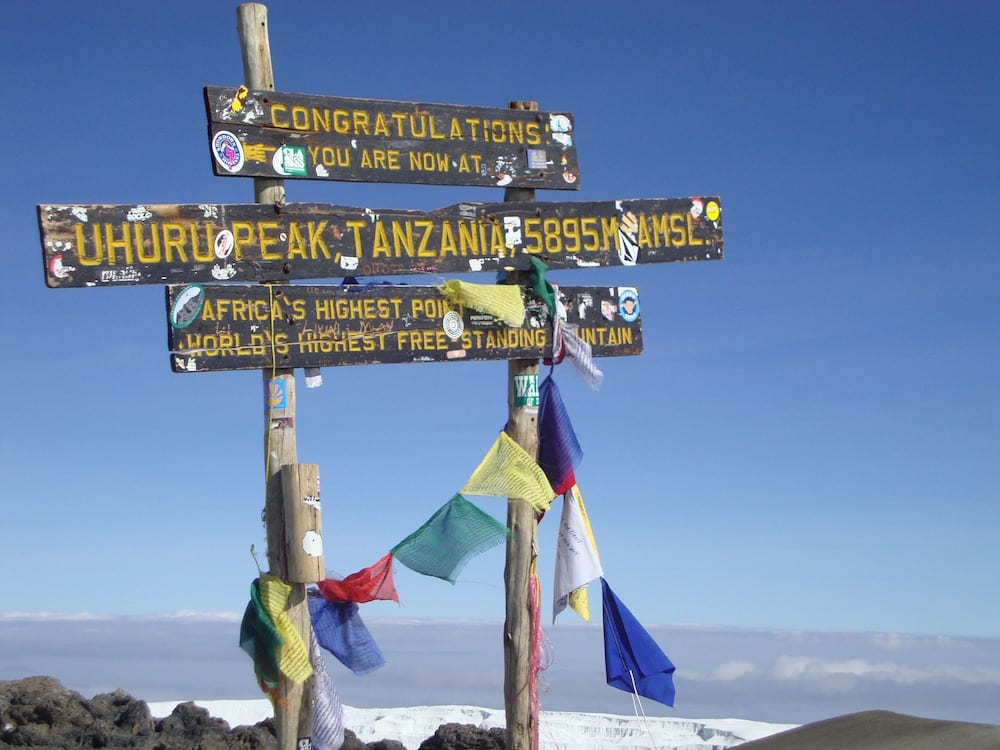
Learn more about Mount Kilimanjaro here!
Memphis and its Necropolis, Egypt
Only in Africa can you find the last remaining Ancient Wonder of the World: the Great Pyramid of Giza. The whole Necropolis site, however, is much more than just the one pyramid. It includes the Sphinx and four groups of pyramids; the Great Pyramid is only one of about 118 pyramids that are included in the heritage site, albeit it’s one of the best preserved.
Built as tombs to ancient pharaohs, the first pyramid was built as early as 2650 BCE. Memphis was built around 500 years earlier, acting as a “bridge” that unified Upper and Lower Egypt, according to African World Heritage Sites. This site has long fascinated archeologists and tourists alike, so take a visit and embrace a millennia’s old awe that can only be found in Giza’s shadow.
Learn more about visiting Egypt here!
Serengeti National Park, Tanzania
The Serengeti rose to fame thanks to the Great Migration, a mass movement of animals across the plains as the seasons change, which became the inspiration for Disney’s The Lion King. While Simba’s roar is fake, the pride is not. Get yourself to the Serengeti then just sit back and wait for your chance to look a lion in the face. The rest of the Big Five (leopards, elephants, buffalo, and rhinoceros) also call the Serengeti home, but it is the mass migration of the tamer wildebeests, zebra, and gazelles that make the Great Migration the astonishing event that it is. In November and December, you can catch the herds moving south, and in April, they start wandering north again. You can find more information on their migration here.
